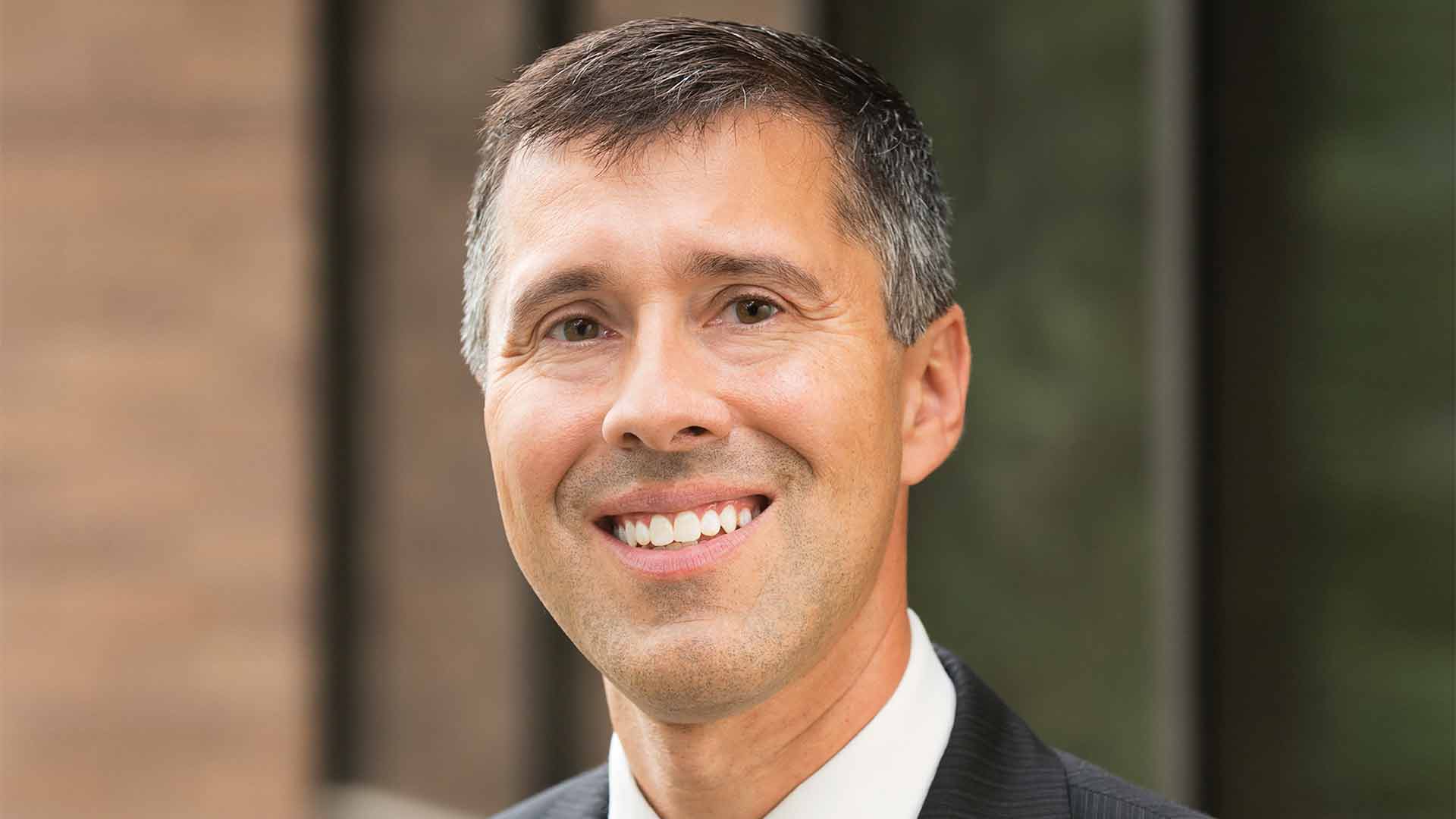AURI has never had a traditional story; created by the Minnesota Legislature to support the state’s agricultural producers, processors and rural communities by developing new, value-added products and processes. Even our client list isn’t what you might consider “traditional” with regards to the term agriculture. Typically, when one hears “agriculture” they immediately have a picture of what traditional agriculture is in Minnesota. However, AURI’s model of innovation and its reach was never meant to conform to tradition, but to supplement it.
In addition to helping bridge the gap between agriculture, innovation and entrepreneurism, AURI always places a high value on working with underserved and ethnic communities throughout the state. Over the years, AURI has been a proud partner of both traditional and diverse communities of color, including first nations tribes, minority owned businesses and underserved communities.
I believe this reflects AURI’s belief that Minnesota’s agricultural ecosystem is truly broad and varied. AURI’s statewide approach equates to a commitment to support all communities. In doing so, we believe Minnesota is a stronger, more economically robust and more innovative place.
In recent years, AURI has partnered with groups, like the Hmong American Farmers Association to help develop its work in value-added agriculture and use of commodity byproducts. We have also worked with the Red Lake Nation and their Gitigaanke local foods initiative which envisions individuals, families and communities being empowered to revitalize a sovereign and traditional food system that provides healthy and affordable foods in a sustainable manner.
While these are both examples of projects AURI has undertaken with large groups, I am also very proud of the organization’s work with dozens of individual clients within our immigrant communities who are striving to bring cultural products from their homeland to fellow expatriates and new consumers in Minnesota and across the United States. We have also collaborated on research inititiatives to raise awareness around market opportunities in Minnesota related to Halal and Kosher meat products.
It should come as no surprise that this work is heavily focused on the food industry, as food is one of the most common ways to identify and celebrate a culture. Some examples I’m really excited about include projects developing African sauces, stews and beverages, as well as new uses for chickpeas and traditional Asian cuisines.
These are all important projects because they add to the vibrant tapestry of Minnesota’s rural and urban communities. From Angle Township in the north to Peterson in the south, these are projects that can bring Minnesotans together to foster a better understanding of diverse cultures and their contributions to agriculture and Minnesota.

